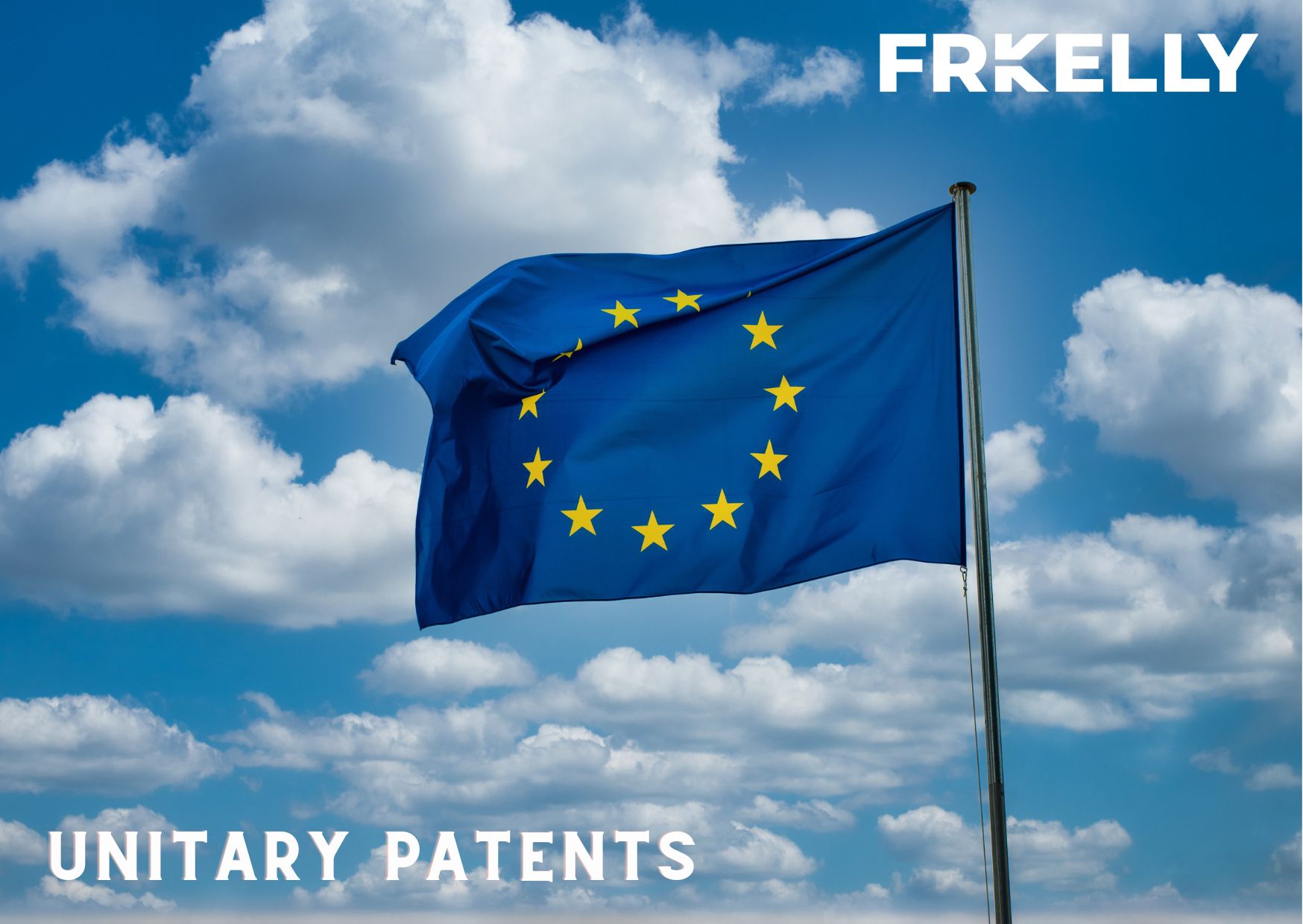Changes to SPCs and Marketing Authorisations in the UK implemented on 1 January 2025
13th January 2025

As the UPC takes strides towards implementation, now is a prudent time to consider the implications in regards to your patent portfolio if you have not already done so. In this article we explore the timescales for action and what you can do now to prepare for the arrival of the UPC.
Why prepare now - timescale for action
The EPO recently announced adjustment of the timeline in regards to UPC implementation. Assuming no further adjustments to the timeline, the “sunrise period” will begin on 1 March 2023, with entry into force of the UPC Agreement scheduled for 1 June 2023.
The “sunrise period” and “opt-out” have been covered in detail in other articles in the FRKelly UPC series, see our "UPC Opt-Out" article for more details. Essentially, the sunrise period is a three-month period within which it will be possible to “opt out” of the UPC for existing patents, associated SPC’s, and pending applications. Opting out will in effect remove the aforementioned patent rights from the jurisdiction of the UPC.
Now that the timeline for implementation of the UPC is known, and commencement of the sunrise period is fast approaching, it is imperative to consider the impact the UPC may have on existing and future patent rights, and to accordingly devise and implement your UPC strategy.
So what can you do to best prepare for commencement of the UPC?
Opt-out can only be validly requested by the proprietor of the patent right in question. Therefore, it is prudent to conduct an audit of your portfolio to determine the correct owner of the rights therein, and to ensure that this is reflected in the relevant European/National patent registers. If this is not the case it would be wise to update the European/National Registers in advance of the sunrise period such that everything is in order to request opt-out if desired.
In advance of the commencement of the sunrise period on 1 March 2023, it is important to analyse the situation to determine whether opt-out is the best approach for each patent right in your portfolio. The decision to opt-out will likely be decided on a case-by-case basis, weighing the risks of central invalidation and the general uncertainty of a new system with the potential cost savings and benefits that central enforcement at the UPC may provide. For pending applications, one approach may be to consider filing divisional applications in order to maximise future enforcement options.
Where an application or patent has joint applicants/proprietors, it is important to begin discussions and to come to a consensus on a way forward in relation to the UPC. Approval from all joint applicants/proprietors will be required in order for an opt-out request to be deemed valid.
It is also advisable to consider licences and agreements in place and how these may be updated in light of the UPC. In many cases, it would be prudent to add clauses to confirm whether the patent and SPC will be opted-out, whether unitary effect will be requested, and whether a licensee may bring an action in the UPC or a National Court. These are just examples, however further clauses may be added or existing clauses amended based upon the nature of the licence and right in question. It is important to note that once an action is brought in the UPC opt-out can no longer be requested. In addition exclusive licensees may bring an action in the UPC unless the licence prohibits. This may therefore give rise to a situation wherein an action brought by an exclusive licensee unintentionally removes the possibility of opt-out. Resultantly, the best course of action may be to ensure exclusive licences enforce on the licensee the requirement to seek approval from the proprietor before an action is launched in the UPC or at national courts.
Aside from considering actions in relation to your own rights, it may also be prudent to devise a strategy for analysing what actions your competitors may be taking in regards to the UPC. Given the risk of central invalidation, competitors may decide to opt-out of the UPC for patents which are considered more critical, or those that they may believe could be weak if attacked. Should competitors go to the expense of a divisional filing to maintain both opted-in and opted-out patent family members, this may also indicate that the patent and its protected subject matter are of greater importance. Accordingly, keeping abreast of competitor UPC-related activities may provide a useful glimpse at areas of commercial importance or potential weakness.
Summary
The time for making concrete decisions in regards to the UPC is now upon us. It is at this time prudent to take preparation steps and conduct the necessary analysis to ensure that each application, patent, and SPC within your portfolio is dealt with in the optimal manner. Should you have any concerns, queries, or would like assistance in regards to UPC preparation and strategy, FRKelly would be delighted to help.
This article continues FRKelly's series on the upcoming Unitary Patent and Unified Patent Court. For more details, check out the following articles:
2. What is the Unified Patent Court?
3. How to Apply for a Unitary Patent
5. Register for Unitary Patent Protection
7. What Rights Are Afforded by a Unitary Patent?
8. UPC Opt-Out
9. Opposition, Appeals and Validity of Unitary Patents
10. Will the Unified Patent Court Affect SPCs?
13. Ireland and the Unified Patent Court
14. No More Fooling Around: April 1st is UPC Launch Date
15. Unified Patent Court Costs
16. Validity Actions at the UPC
17. Assignments and Licenses Under the Unitary Patent System
18. The UK and the Unified Patent Court
19. Delay to Start of UPC Sunrise Period
